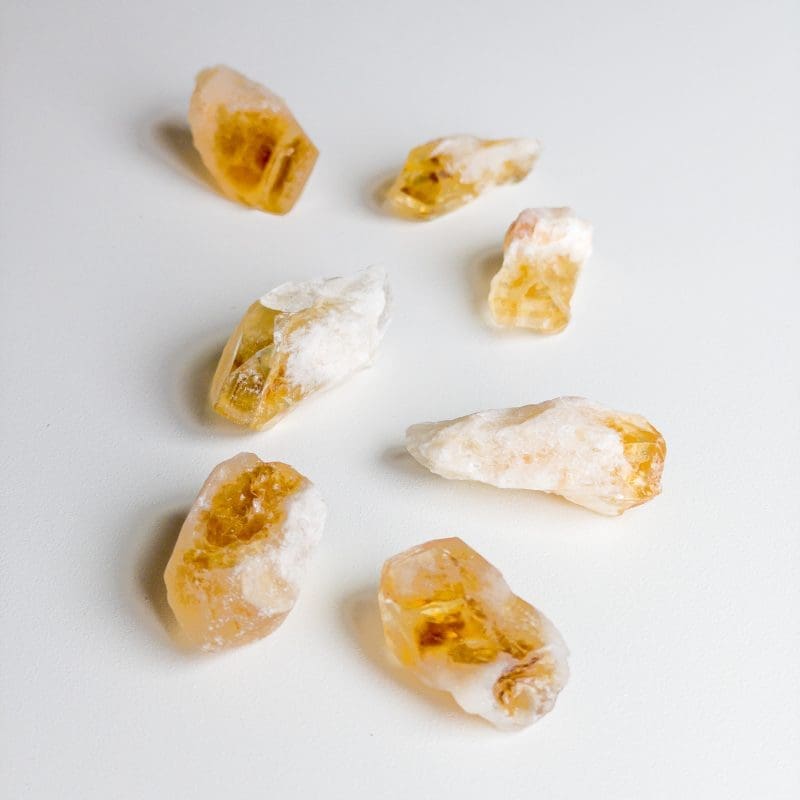Exploring the Geology and History of Citrine: A Vibrant Gemstone from the Quartz Family
Citrine is a beautiful and vibrant gemstone that has a rich history in geology and mineralogy. Belonging to the quartz family, citrine is known for its golden yellow color and can range from pale to deep amber hues. But citrine isn’t just prized for its aesthetic qualities – it also has a unique geological story. In this blog post, we’ll explore the geology of citrine, including its formation, mineral composition, and how it has been used throughout history. Whether you’re a mineral enthusiast or just love stunning gemstones, the geology of citrine is sure to captivate you.
First, let’s delve into the geological properties of citrine. Citrine is a variety of quartz, which means it is composed of silicon dioxide (SiO2). Quartz is one of the most abundant minerals on Earth, and it is found in a wide range of colors and varieties. Citrine, in particular, is formed through the heat treatment of amethyst, another variety of quartz. When amethyst is heated to a high temperature, the iron present in the mineral undergoes a chemical change, resulting in the yellow color of citrine. This process can occur naturally through the heat of geothermal activity or artificially through human intervention.
Citrine is found in a number of different locations around the world, including Brazil, Madagascar, Russia, and the United States. It is often found in combination with other minerals, such as amethyst and smoky quartz, and can be mined through a variety of methods, including open-pit mining and underground tunneling. Citrine is also found in alluvial deposits, which are deposits of sediment that have been transported by water.
Now let’s delve into the history of citrine. Citrine has been prized for its beauty and supposed healing properties for thousands of years. It was believed to be a powerful talisman that could bring prosperity and abundance, and it was often worn as a protective stone. Citrine was also believed to have the ability to calm and balance the chakras, which are the energy centers in the body.
Citrine has a long and varied history of use. In ancient civilizations, citrine was used as a decorative stone in jewelry and other decorative objects. It was also used in medicinal and spiritual practices, as it was believed to have powerful healing properties. Citrine has been used in a variety of cultures throughout history, including the ancient Greeks, Romans, and Egyptians. In modern times, citrine is still prized as a gemstone and is used in a wide range of jewelry and decorative objects.
So, what makes citrine such a special gemstone? One of the key factors is its color. The golden yellow hue of citrine is unique and eye-catching, and it can be used to add a splash of color to any piece of jewelry or decorative object. Citrine is also a relatively affordable gemstone, making it accessible to a wide range of people.
In conclusion, citrine is a fascinating gemstone with a rich history in geology and mineralogy. Its golden yellow color and wide range of uses make it a beloved gemstone among mineral enthusiasts and jewelry lovers alike. Whether you’re interested in its geological properties or its historical significance, citrine is a gemstone that is sure to captivate and inspire.

